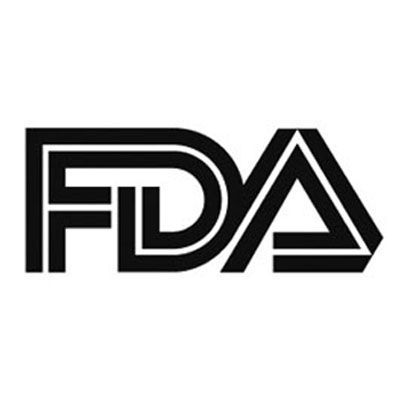FDA Grants Orphan Drug Designation to Novel CAR T-Cell Therapy for Acute Lymphoblastic Leukemia
A novel chimeric antigen receptor T-cell agent will now be developed in the United States following an orphan drug designation granted by the FDA.

The FDA has granted orphan drug designation (ODD) to CT120 for the treatment of acute lymphoblastic leukemia, according to a press release from IASO Biotherapeutics.1
CT120 is a fully human CD19/CD22 dual-targeted chimeric antigen receptor (CAR)-T cell therapy. Within the cellular domain of CT120 exists 2 fully human single-chain fragment variable sequences with the ability to specifically bind to CD19 and CD22 and find tumor cells with CD19 and CD22 expressions. With this mechanism of action, CT120 reduces the Antibody-drug antibody effect and improves the viability of CAR-T cells.
"CT120 is the first dual-targeted CAR-T cell therapy. The ODD granted to CT120 demonstrates the FDA's recognition and expectation of the product. CT120 has obtained two investigation new drug approvals for B-cell non-Hodgkin lymphoma [B-NHL] and B-ALL in China, and the clinical trial for the treatment of B-NHL is going well, said Wen (Maxwell) Wang, MD, PhD, in the press release.
A single-armed, open-label, multicenter phase 1/2 study of CT120 for the treatment of patients with relapsed or refractory B-NHL. The study has a target enrollment of 125 patients who will be assessed for the coprimary end points of the incidence of dose-limiting toxicities and the incidence of adverse events in the phase 1 portion and overall response rate (ORR)at day 90 during phase 2. The secondary end points of the study include ORR, time to response, time to complete response, duration of response, progression-free survival, overall survival, the quantity of CAR copies in peripheral blood, the quantity of CAR T-cells level in peripheral blood, laboratory tests, vital signs, and physical examinations.2
To execute the study, investigators will conduct a leukapheresis to manufacture the CAR T cells.. The study protocol allowed for bridging therapy between peripheral blood mononuclear cell collection and lymphodepletion. Lymphodepletion with fludarabine and cyclophosphamide was performed for 3 consecutive days followed by 1 day of rest before receipt of CT120. Patients are infused with either 1.0 x 106 CAR-positive T cells/kg, 3.0 x 106 CAR-positive T cells/kg, or 6.0 x 106 CAR-positive T cells/kg.
Follow-up of patients in the study will go on for a minimum of 2 years after the final infusion of CT120. Long-term safety follow-up will continue for up to 15 years after the final infusion of CAR T cells in the study.
Patients are eligible to enroll given they are between the ages of 18 and 70 years old with pathologically confirmed B-NHL. Patients are also required to have at least 1 measurable lesion and a life expectancy of at least 12 weeks.
"The company is advancing the development of the product in China and United States. We look forward to the launch of this innovative therapy to cure more patients," said Wang, in the press release.
The ODD is expected to help with the development of CT120 in the United States.1
References:
1. IASO Biotheraputics’ CT120 granted orphan drug designation by the U.S. FDA. News release. IASO Biotheraputics. October 26, 2021. Accessed November 24, 2021. https://bit.ly/3HV9W82
2. A phase 1/2 study of ct120 in patient with relapsed/refractory b-cell non-hodgkin's lymphoma. Clinicaltrials.gov. Accessed November 24, 2021. https://bit.ly/3HYnH5W